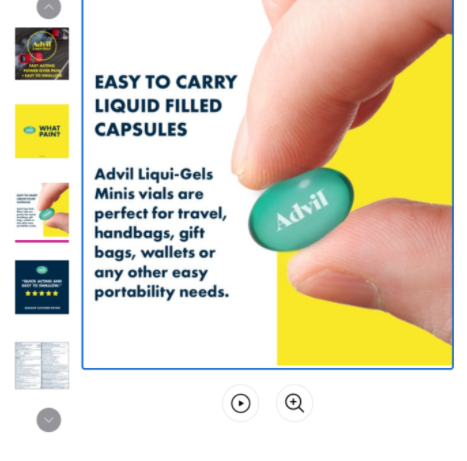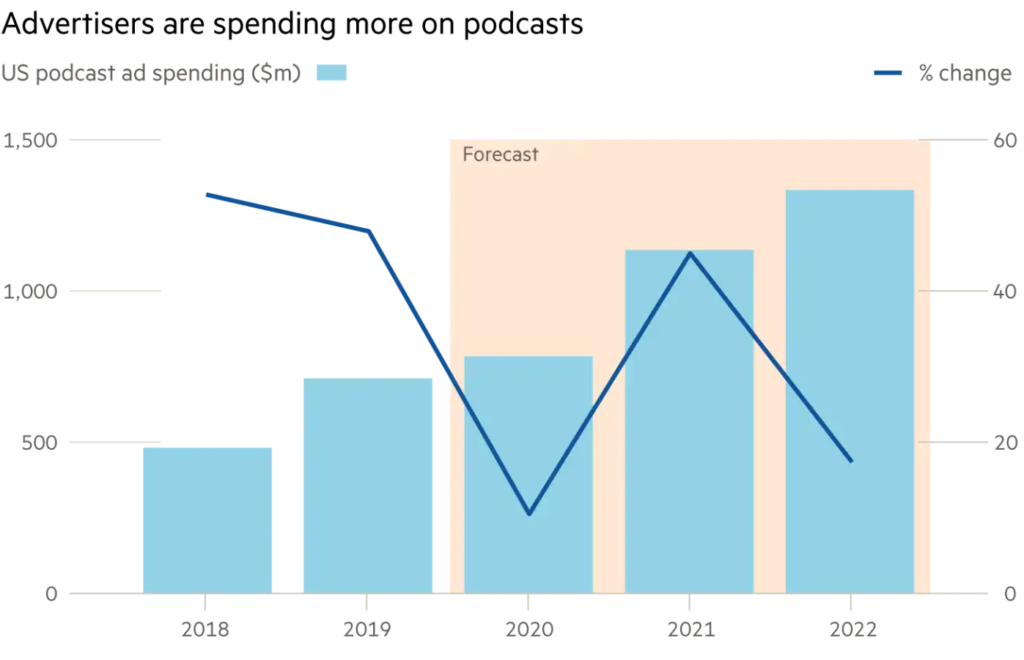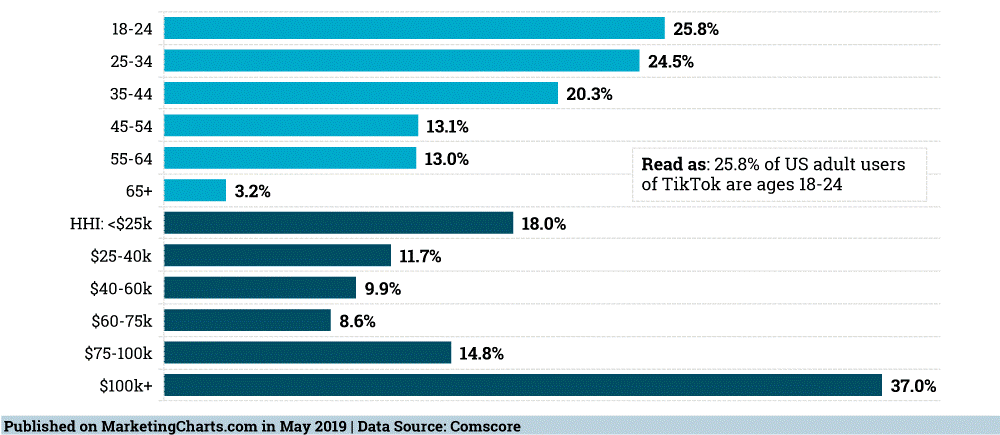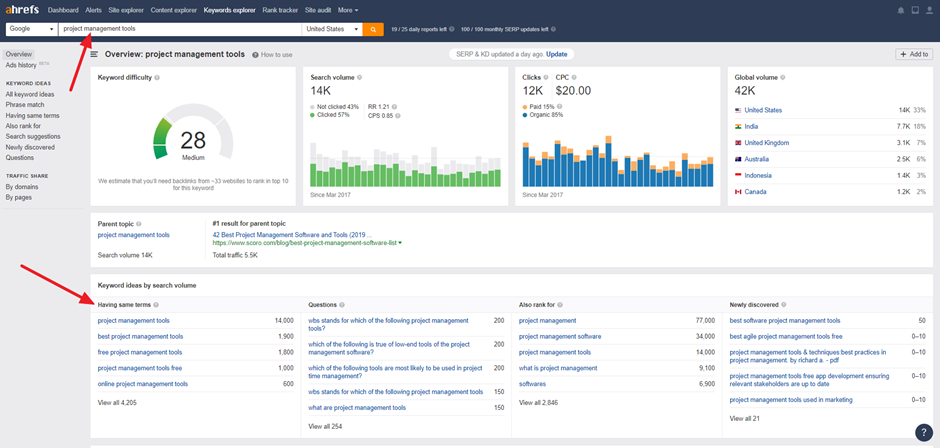When developing your paid social media strategy, the most important thing to plan for is testing. Test everything. Make a list of every aspect of your social media campaign and decide how you’re going to test it.
We’ll get into it later in this article, but that means testing for everything. Testing audiences, creative, devices, locations, platforms, and placements. That’s a non-exhaustive list of everything that you need to test. Anything that you can think of should be tested. I’m not going to cover landing pages and website testing in this article but of course, that should also be tested.
Paid Social Media Budget
Your whole paid social media strategy is going to revolve around your budget. So it’s only right that we start here. Make sure that you budget accurately for ongoing testing.
The tests never stop. The day that you stop testing is the day that you stop improving. Think of testing like practicing. A great athlete never stops practicing no matter how great he or she is.
So decide how much money you’re going to budget for each campaign, and then multiply it by however many tests you’re going to be running concurrently.
Testing will exponentially increase your ad spend, which is why it is so important to make it the first thing that you plan for in your paid social media strategy.
If you’re restricted by budget and can’t test four or five different metrics at once, then you should choose whichever metric is most important to your business and test that first.
Testing Audiences
For most businesses, audiences are the most important thing that you can test. If you’re a rare case and you’ve already found product-market fit then you still have some audience testing to do, but it will be much less than others.
There are several different layers of Facebook and Instagram audience testing.
- Facebook’s general interests and behaviors. If you’re just starting out and you don’t have a detailed ideal customer profile built out yet, then this is your best bet to start with. A real estate agent looking to sell houses can target newlyweds. A fashion e-commerce company then you can target Facebook users who are interested in your competitors’ products or just interested in the general category of fashion that you sell (ie., streetwear, etc.,).
- Website or app behavior. Assuming you have your Facebook pixel configured properly, you can target users who have visited your website. You can target the most engaged users on your website based on the time they spent on your website. You can also target users who visited certain pages or took certain actions on your website. For instance, if you run an e-commerce store, you can remarket to users who added a product to their cart but never purchased. You can also create lookalike audiences based on these custom audiences to reach new Facebook users who are similar to your custom audience.
- Company data. This is where things start to get interesting. If you have a list of more than 100 customers, in the same country, with name and email information then you can upload that data to Facebook. You can create a custom audience of paying customers and then you can create a lookalike audience based on that.
- LTV lookalikes. Taking it one step even further, if you have the lifetime value of each customer you can also upload that data to Facebook. Then you can build a lookalike audience and target customers based on your highest-paying customers.
Testing Locations
This is more important to some businesses than others. The general rule of thumb is, the wider the audience, the cheaper the results. If you’re targeting 1 billion people worldwide, it’s going to be much cheaper than targeting 50,000 people in one specific city.
Of course, if you have a local business then you’re only going to target uses in that area. If you sell to customers worldwide, then you’ll want to separate ad campaigns by country. That way you can see which countries perform the best and worst and can easily stop advertising to certain countries without affecting the others.
Testing Platforms, Devices, and Placements
This is something that is often overlooked. Companies run an ad and they run it across all properties. Facebook, Instagram, Audience Network, Messenger, and everything else. It’s important to see how your ads perform on different platforms devices and placements. If you’re targeting a younger generation, then most likely your ads will perform better on Instagram than Facebook. They’ll probably also perform better on mobile than desktop. So it’s important that you test everything and plan for this when building your paid social media strategy.
Testing Creative
Testing creative is important for all businesses. Nobody knows what’s going to work or why something works better than something else. The psychology behind why something is successful is not something that you can plan for. The only way to figure out which creative is the most successful is to test it.








